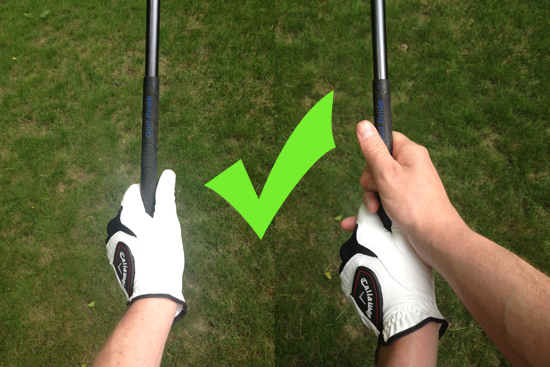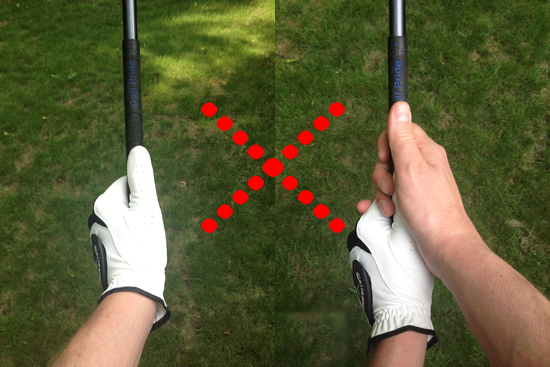I spent a nice northwoods Sunday afternoon indoors catching up on some computer work. The bright side is that it gave me a chance to watch the final round of the Travelers Championship. It was an exciting back nine with Ken Duke, Graham DeLaet, and Chris Stroud all having a shot at their first PGA Tour victory. Ultimately it was Ken Duke sticking his approach shot to within three feet of the pin on the second playoff hole to setup his victory over Chris Stroud.
It was great to see the journeyman Ken Duke get his first win, but the tournament was Bubba Watson’s to lose as he got to the 178 yard par 3 16th hole. At the time, he held a one shot lead over Ken Duke. Bubba proceeded to hit a 9 iron short of the green with his ball bouncing off the hill fronting the green and into the water. A tense exchange with his caddie Ted Scott regarding club selection soon followed for the listening pleasure of the TV audience. He then hit his third shot over the green from the drop zone which prompted more words with his caddie. A poor chip and a two putt leads to a triple bogey essentially ending his hopes of winning the tournament.
There are a few things we can learn from Bubba’s meltdown on the 16th hole.
- One bad shot does not cause a blow-up hole. Blow-up holes are caused by multiple bad shots compounded on top of each other. Bubba could have rebounded with a nice third shot from the drop zone or even a nice fourth shot from behind the green. Either would have avoided a triple bogey.
- Concentrate on the current shot. This is easier said than done but previous shots are in the past and should remain there. If Bubba could have stuck his third shot from the drop zone close to the pin, everyone would be talking about his great recovery on 16 that led him to victory.
- Remain calm. This is something many amateur golfers struggle with. Our natural tendency is to become frustrated. I believe Bubba would admit that it would have been best to talk it out with his caddie after the round.
We can look at Ken Duke on the 18th hole for an example on how to respond after a bad shot. He came to the 18th with a one shot lead but hit a terrible drive way right into the rough. You could tell his nerves really got the best of him. He did a great job of composing himself and instead of going for the green, took the shot he had, and hit a nice approach just off the left side of the green. From there, he was able to get up and down for par.
Blow-up holes are round killers for high handicap golfers and occasionally even for pros. Remaining calm and playing one shot at a time are the keys to recovering from a bad shot and avoiding blow-up holes.




